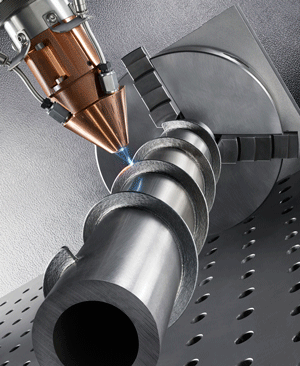Online auctions are transactions that result from a competitive bidding process usually conducted over the Internet. Whether the sales take place between individuals, between consumers and merchants, or between businesses, online auctions have enjoyed rapid growth with the spread of Internet access. Historically, e-auctions were designed to ensure the best prices for commonly used low cost goods such as stationary or component parts. However, the practice has since evolved into an important asset in procurement’s toolset and can provide exceptional value when applied in the correct circumstances, one of which being retail businesses.
Retail markets are highly dynamic and very competitive, having to deal consistently with very tight margins due to the huge amount of resources it takes to keep product quality high. Procurement/sales teams in these sectors need to be on top of their game in order to compete and remain financially viable.
Retail Businesses today aren’t finding it easy, but in the face of all these pressures, many of them are still thriving mostly by incorporating an e-auction strategic approach to its sales/sourcing as part of her overall business strategy. Beyond driving operational efficiency and cutting costs, this approach to can help even the best-performing retail businesses enhance customer/vendor relationships, increase product and ingredient quality, reduce spending and find new sources/outlets of sales/supply, which ultimately equips them to generate more value for their organization and become more efficient and effective.
Some other notable benefits associated with e-auctions for retail businesses include:
- Big data. The potentials for big data have become evident in all areas of business and the case is also the same for the retail businesses. Businesses that capture and analyse the huge amounts of data generated around shipment and transport will continue to improve efficiency. Companies that take advantage of collaborative solutions to process and analyse this data will reap the benefits of cost reduction, capacity control and risk management.
- Responsibility and traceability. As businesses expand globally, they are realising the need for transparent and traceable sales and supply chains. Businesses will continue to put their global these chains in the hands of a safe and secure IT platform.
- Digitisation of the supply chain. Supply chain analytics will allow businesses to create useful key performance indicators and incubate innovative ideas to successfully manage service levels. Daily monitoring, sharing, and interpretation of analytics will help businesses plan.
- Product Specification: Another key benefit of e-auctions is the early focus on requirement specification. The latter forms the basis of any successfully run e-auction and ensures that suppliers are aware of exactly what they are expected to provide. This transparency is beneficial to both parties and will help ensure a sustainable client/customer relationship.
However, there are still a few specific challenges retail companies face today which include:
- Getting the most value out of every part of the procurement process and ensuring an alignment between the results and overall business goals
- Navigating mega market trends: consumer demand for product transparency, empowered and well-researched consumers, health and safety issues and supply price hikes. These market forces are putting customer loyalty and brand reputation at stake and pushing retail businesses to rethink the way they source and bring products to market.
- Creating an enterprise-wide sourcing program in order to create a more efficient and unified supply process
- Maintaining an independent self-sufficient sourcing and procurement department

